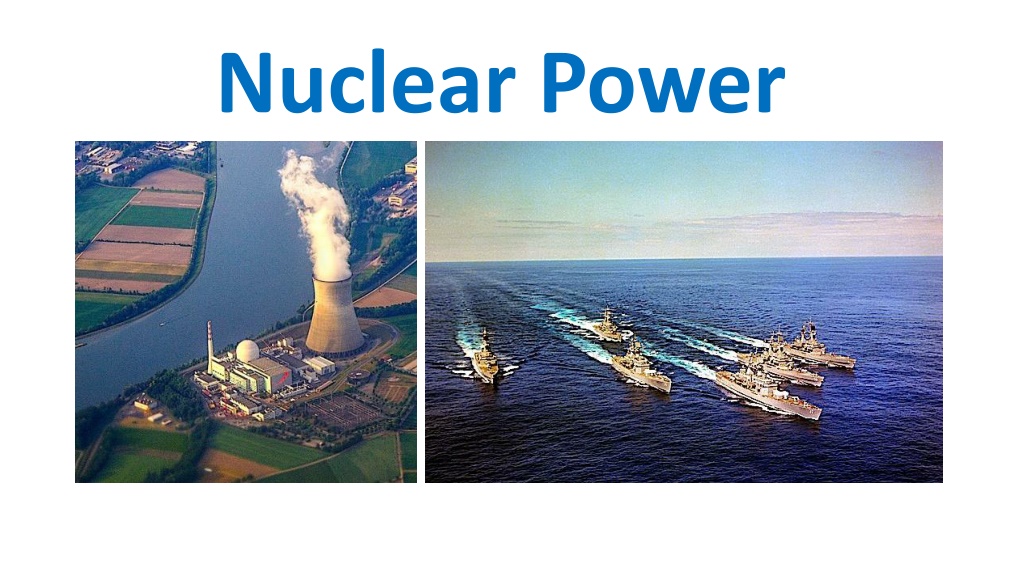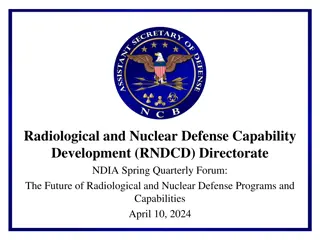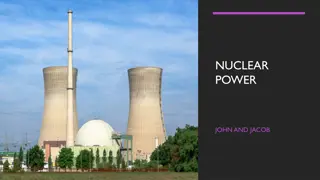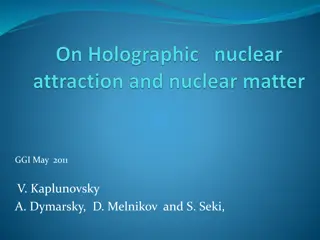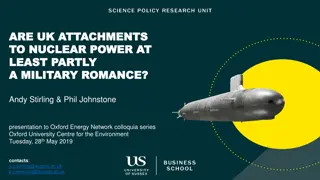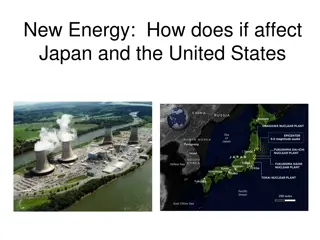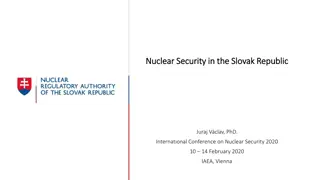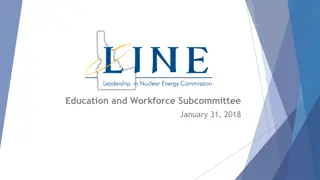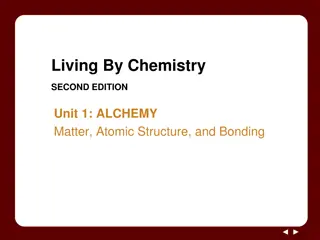Exploring Nuclear Power: Benefits and Risks
Nuclear power plants derive energy from nuclear fission, offering advantages like minimal air emissions and potential extension of uranium supply. However, challenges such as thermal pollution, radioactive waste disposal, and the risk of accidents highlight the complex nature of nuclear energy. Accidents like the Chernobyl disaster underscore the importance of strict safety measures in nuclear power generation.
Download Presentation

Please find below an Image/Link to download the presentation.
The content on the website is provided AS IS for your information and personal use only. It may not be sold, licensed, or shared on other websites without obtaining consent from the author. Download presentation by click this link. If you encounter any issues during the download, it is possible that the publisher has removed the file from their server.
E N D
Presentation Transcript
Nuclear Fission: Nuclear power plants derive their energy from splitting uranium atoms. This process releases high-energy neutrons which in turn, split other nearby uranium atoms. The result is a self-sustainingchain reaction. During this process the magnitude of energy released is so great that there is a measurable loss in mass. The European estimates that 1 kg of natural uranium can release as much heat as 14,000 kg of coal. Nuclear Society European Nuclear Society website: https://www.euronuclear.org/glossary/fuel-comparison/
Much like coal-fired power stations, nuclear power plants also use steam to propel a turbine. The only difference between coal and nuclear power is how the water is heated. Downloaded from: https://www.euronuclear.org/nuclear-basics/energy/energy/
The reactor core contains fuel rods of enriched uranium that drive the chain reaction which in turn, boils the water. Control rods are also inserted to absorb excess neutrons to prevent the chain reaction from getting out of control.
Natural uranium is almost entirely composed of the isotope U-238. This isotope is not suitable for fission. To increase the proportion of fissionable material, levels of U-235 are boosted 3-20% via a centrifugation process known as enrichment. Further enrichment makes this uranium suitable for nuclear weapons.
Advantages of Nuclear Power: Under normal conditions nuclear power plants do not release any emissions into the air. Even though there are roughly 200 years of known reserves, new technologies can potentially extend the uranium supply to thousands of years.* Disadvantages of Nuclear Power: Thermal pollution from cooling towers disrupts aquatic ecosystems. Uranium mill tailings left over from the extraction process must be contained because they are radioactive. The fission process generates radioactive wastes that must be secured. Accidents can release catastrophic levels of radiation. The process can be weaponized by bad actors. * Scientific American: https://www.scientificamerican.com/article/how-long-will-global-uranium-deposits-last/
Nuclear power accidents are extremely rare. The worst accident by far happened in Chernobyl in 1986 when loss of coolant resulted in a melt-down and steam explosion that released a portion of the reactor core into the surroundings. Two workers died from the explosion and a further 28 died a few weeks later from the radiation. 350,000 people were evacuated from the immediate area, but significant levels of radiation were detected as far away as parts of Western Europe. Another incident happened in 2011 when a tsunami wave disabled the cooling pump to three Fukushima Daiichi reactors. This resulted in a melt-down that released radiation into the ocean. Fortunately, workers managed to stabilize all three reactors within two weeks.
About 20% of electricity in the US comes from nuclear, but in some European nations nuclear power generates more than 50%. The newer designs of reactors incorporate more safety features, and experimental fastneutron reactors are increasingly being considered as a means to recycle nuclear wastes. Nevertheless, the growth of nuclear has slowed down since 2000. Chart downloaded from: https://world-nuclear.org/information-library/current-and-future- generation/nuclear-power-in-the-world-today#developments-in-2024nbsp Fast reactor in Dounreay, Scotland.
Hypothetical nuclear fusion power plant. Nuclear fusion involves the formation of helium from the fusing of hydrogen nuclei. Fusion is cleaner than fission because the by-product is helium. It also yields far more energy. This process generates the energy for the sun and the stars. Research on fusion has been carried out since the 1960 s, but progress is slow due to the enormously high temperatures required. Consequently, no plans for fusion power plants have ever left the drawing board!
